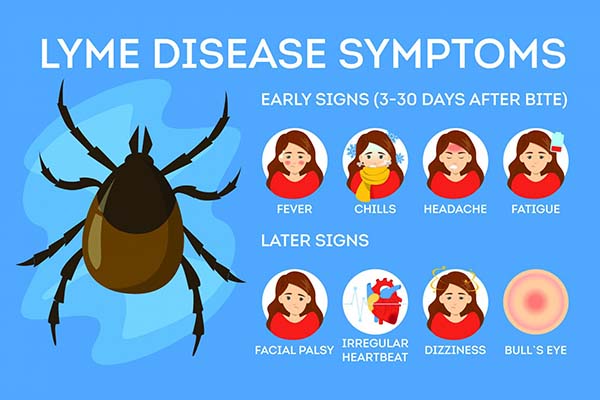Ebola as a weapon of mass distraction

I know the media is freaking out over Ebola being diagnosed in the US, but we really need some clearer heads to prevail. Yes, Ebola is a terrible disease. But so are cancer and AIDS and ALS. Look at the chart above. If I told you there was a 0.02% chance of rain tomorrow, would you take your umbrella? Ebola is not an epidemic by any stretch of the imagination with those figures (which I got from HealthMap.org with statistics current today)
It’s impossible to trust the lamestream media or WHO or Big Pharma to give you the truth. If Big Pharma comes up with a vaccine against Ebola after all the hype in the last two months, just think about the megabucks they stand to make from that vaccine overseas! And if they have us freaked out over here in the US and tell us that our children need a jab to protect them, how many millions of parents will march their kids to the doctor or clinic for the shots? Who has the greatest vested interest in scaring the public?
Ebola is able to spread in those African countries because they are still very much third world sites.
Guinea is one of the world’s poorest countries. Despite its natural resources and abundant rainfall, Guinea has low life expectancy, a low doctor-patient ratio, and a high rate of infant mortality. The country remains largely rural, and 80 percent of the population is involved in agricultural production. The farming and cattle-herding sectors of the Futa Jallon support 40 percent of the population, while 11 percent of the people are employed in industry and commerce, 5 percent in the service industry, and 4 percent in the civil service. These statistics mask the strategies that people use to support themselves. Many civil servants own livestock or a small store, and some agriculturalists migrate to urban centers to work as day laborers or trade in the dry season. (from EveryCulture.com)
Liberia: Only 3 percent of Liberians have access to running water. Sierra Leone has the highest under-five mortality rate in the whole world, with over a quarter of all children dying before that age, mostly due to lack of sanitation and clean water.
Sierra Leone: Life expectancy at birth in Sierra Leone is estimated at 47.5 years. Low life expectancy rate in Sierra Leone is associated with heavy disease burden and high child and maternal morbidity and mortality. The underlying factors are pervasive poverty, high level of illiteracy especially among females, limited access to safe drinking water and adequate sanitation, poor feeding and hygienic practices, and overcrowded housing and limited access to quality health services. (WHO profile)
“Ebola is primarily a disease of rural poverty. Outbreaks begin in wild animal populations that are then transmitted to humans through hunting or by way of domestic animals. Although the disease is highly contagious, transmission requires direct contact with the bodily fluids of someone infected, so the spread of the disease can be minimized through basic sanitation and medical quarantine.”
It is also easier to spread in a tropical rainforest climate (viruses love anything close to internal body conditions). Should we be rushing to the nearest clinic or marching on the government demanding a speed-up in the vaccine development? No, we should be doing the usual prudent things: washing our hands, don’t cough or sneeze without covering your mouth, keep yourself hydrated and eat right (sugar breaks down the immune system, boost your vitamin and fiber intake). In short, all the SAME precautions you would take to keep from getting the flu or a cold. None of us would want Ebola. But statistically it’s so rare and so easy to prevent with normal commonsense hygiene and health practices. We have a greater chance of getting cancer than we do of contracting Ebola.
Now let’s contrast this with another often-fatal infectious disease: HIV.
The 2007 UNAIDS report estimated that 5,700,000 South Africans had HIV/AIDS, or just under 12% of South Africa’s population of 48 million. In the adult population the rate is 18.10%. The number of infected is larger than in any other single country in the world. The other top five countries with the highest HIV/AIDS prevalence are all neighbours of South Africa. Although new infections among mature age groups in South Africa remain high, new infections among teenagers seem to be on the decline. HIV/AIDS prevalence figures in the 15–19 year age group for 2005, 2006 and 2007 were 16%, 14% and 13% respectively. (From Wikipedia)
So tell me, which disease is an “epidemic”? The one that is impacting 0.02% of a population or the one that is infecting 18%?
You have to learn to use reverse logic when it comes to what you hear in the media. Odds are that whatever they are hyping is a cover for something they don’t want us thinking or talking about. Like our intrusion into other countries with our military, or the national debt, or the huge unemployment figures the administration keeps doctoring so we won’t see our unemployment rate is close to what it was during the Great Depression. See, if we are all worried about Ebola, we won’t pay attention to these other issues that are DEFINITELY something to worry about and be seeking solutions.






October 4, 2014 @ 5:22 pm
When you see Ebola with an infection rate of 0.02%, compare with these figures: The 2007 UNAIDS report estimated that 5,700,000 South Africans had HIV/AIDS, or just under 12% of South Africa’s population of 48 million. In the adult population the rate is 18.10%. The number of infected is larger than in any other single country in the world. The other top five countries with the highest HIV/AIDS prevalence are all neighbours of South Africa.
Although new infections among mature age groups in South Africa remain high, new infections among teenagers seem to be on the decline. HIV/AIDS prevalence figures in the 15–19 year age group for 2005, 2006 and 2007 were 16%, 14% and 13% respectively.